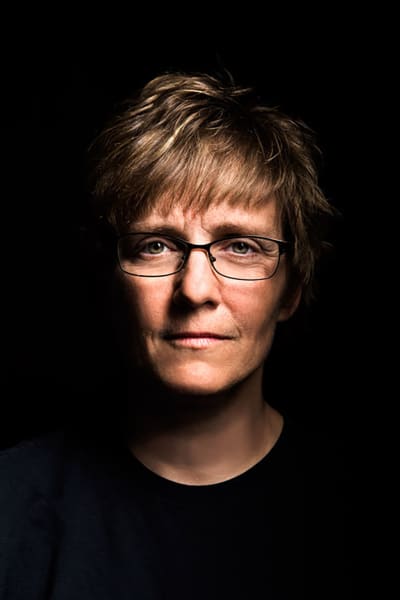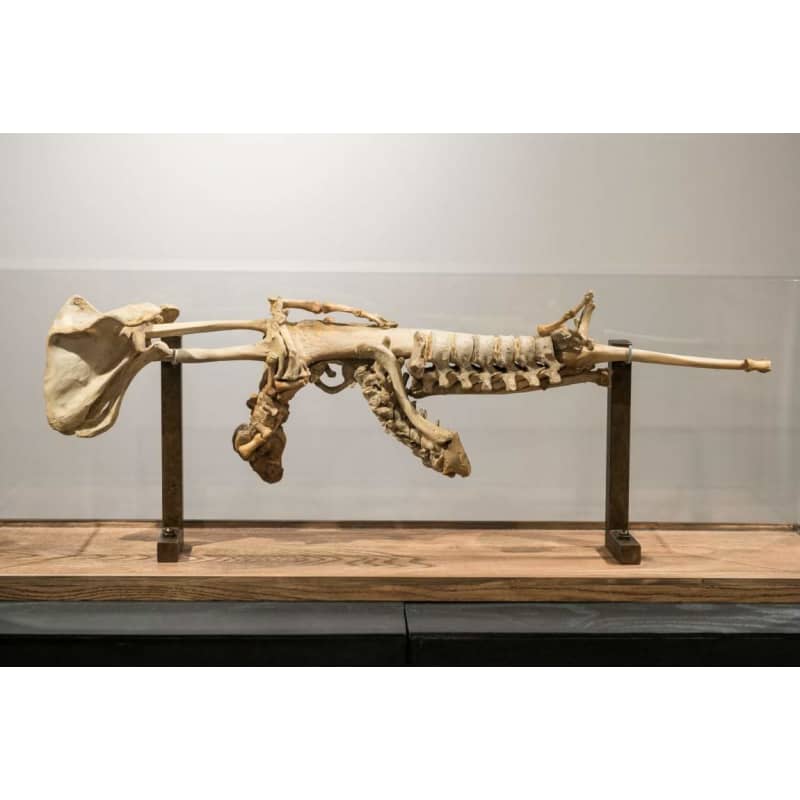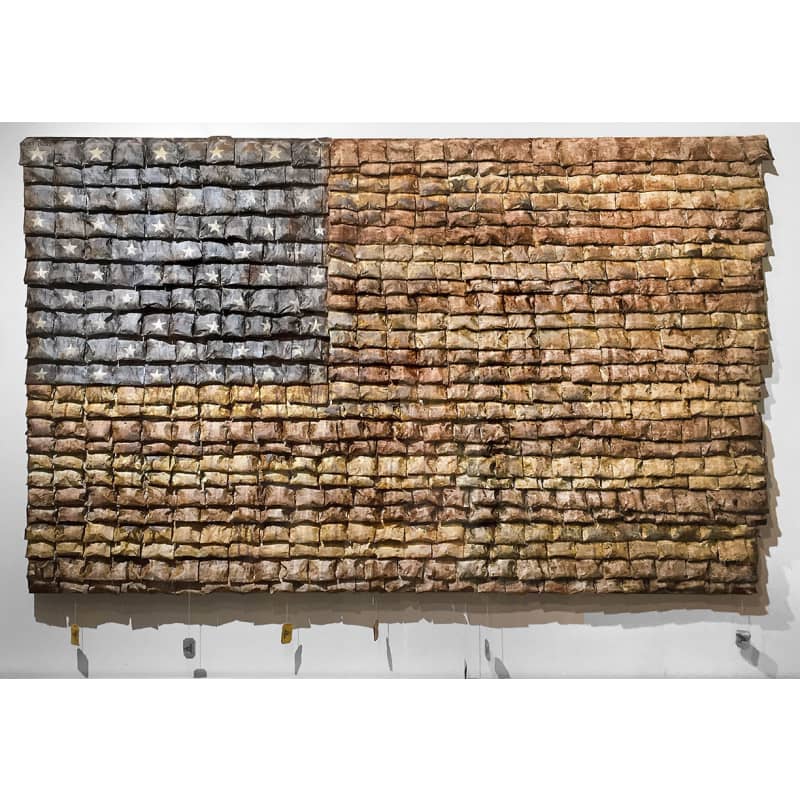



Gallery Reserve
For Viewing Only

About VL Cox
Represented Artist
V.L. Cox is a Little Rock based artist who uses authentic historical objects and artifacts throughout her work. After gaining nationwide acclaim in featuring her “End Hate” exhibition at the Capitol in Washington, D.C., her goal in this series became to engage and enlighten viewers by challenging and exposing elements of their individual aesthetics and worldview. This powerful body of work evokes a visceral message that resonates beyond today’s digitally-focused yet physically attached world. “End hate” challenges the divisiveness of the day by emphasizing reminders of the power and enlightenment brought about by the turn of the 20th century through the Civil Rights Movement.
"For a quarter of a century I have been telling the story of the South through my work; but when House Bill 1228, a cruel and very poorly written Religious Freedom Restoration Act was presented early 2015 by the Arkansas 90th General Assembly, I realized that I wasn't telling all of it.
"This reckless bill would have taken our state back to Jim Crow days when honest, tax paying Americans were separated for no reason other than the color of their skin. This time however, it would have expanded to not only race, but gender, sexual orientation, and even different religions or beliefs with no guidelines or boundaries to protect the innocent.
"It was an unjust bill that needed to be stopped. It was then I created the first of many pieces that addressed the serious issue at hand and after a highly publicized battle, HB1228 was finally defeated.
"I use authentic, historical objects and materials in my work. In a world where we can’t remember what we had for lunch yesterday, uncomfortable social and historical events are often quickly dismissed and filed away in the recesses of our busy minds.
"Antiquated metal dented and rusted with time, well-worn fabric, and vintage advertising signage all have a story. They connect us, and their familiar appearance, feel, and even smell create a primal tactile sensory experience that awakens our memories. They remind us of the lessons we have forgotten, and once again need to learn by eliciting diverse dialogue and cultivating conversation about community civil rights and social issues addressing our society today.
"Every generation has to fight for their rights, but when the bridges of dialogue aren't reinforced and strengthened after the struggle, they will continue to crack and weaken over time until they once again fail. My goal in the “End Hate” series of work is to engage viewers responsibly in a dialogue no matter how uncomfortable. By truthfully looking in the mirror at ourselves we take the first step in accepting the fact that we are all part of the link that needs to be repaired. This powerful body of work evokes a visceral message that reaches beyond today's digital world, challenges the divisiveness of uncertainty and change, and breaks down the barriers of hatred and fear by reminding the viewer that Civil Rights are Human Rights and they belong to everyone.
"Fear and apathy can no longer be used as an excuse for inequality. Despite all our differences such as cultural, religious, economic, racial, or gender, I know we can choose a peaceful path of tolerance and justice instead of mistrust, repression, and hatred. Once we do that the bridges of dialogue can be built again, stronger and better, that will then withstand the test of time."
About the art
V.L. Cox is a Little Rock based artist who uses authentic historical objects and artifacts throughout her work. After gaining nationwide acclaim in featuring her “End Hate” exhibition at the Capitol in Washington, D.C., her goal in this series became to engage and enlighten viewers by challenging and exposing elements of their individual aesthetics and worldview. This powerful body of work evokes a visceral message that resonates beyond today’s digitally-focused yet physically attached world. “End hate” challenges the divisiveness of the day by emphasizing reminders of the power and enlightenment brought about by the turn of the 20th century through the Civil Rights Movement.
"For a quarter of a century I have been telling the story of the South through my work; but when House Bill 1228, a cruel and very poorly written Religious Freedom Restoration Act was presented early 2015 by the Arkansas 90th General Assembly, I realized that I wasn't telling all of it.
"This reckless bill would have taken our state back to Jim Crow days when honest, tax paying Americans were separated for no reason other than the color of their skin. This time however, it would have expanded to not only race, but gender, sexual orientation, and even different religions or beliefs with no guidelines or boundaries to protect the innocent.
"It was an unjust bill that needed to be stopped. It was then I created the first of many pieces that addressed the serious issue at hand and after a highly publicized battle, HB1228 was finally defeated.
"I use authentic, historical objects and materials in my work. In a world where we can’t remember what we had for lunch yesterday, uncomfortable social and historical events are often quickly dismissed and filed away in the recesses of our busy minds.
"Antiquated metal dented and rusted with time, well-worn fabric, and vintage advertising signage all have a story. They connect us, and their familiar appearance, feel, and even smell create a primal tactile sensory experience that awakens our memories. They remind us of the lessons we have forgotten, and once again need to learn by eliciting diverse dialogue and cultivating conversation about community civil rights and social issues addressing our society today.
"Every generation has to fight for their rights, but when the bridges of dialogue aren't reinforced and strengthened after the struggle, they will continue to crack and weaken over time until they once again fail. My goal in the “End Hate” series of work is to engage viewers responsibly in a dialogue no matter how uncomfortable. By truthfully looking in the mirror at ourselves we take the first step in accepting the fact that we are all part of the link that needs to be repaired. This powerful body of work evokes a visceral message that reaches beyond today's digital world, challenges the divisiveness of uncertainty and change, and breaks down the barriers of hatred and fear by reminding the viewer that Civil Rights are Human Rights and they belong to everyone.
"Fear and apathy can no longer be used as an excuse for inequality. Despite all our differences such as cultural, religious, economic, racial, or gender, I know we can choose a peaceful path of tolerance and justice instead of mistrust, repression, and hatred. Once we do that the bridges of dialogue can be built again, stronger and better, that will then withstand the test of time."
